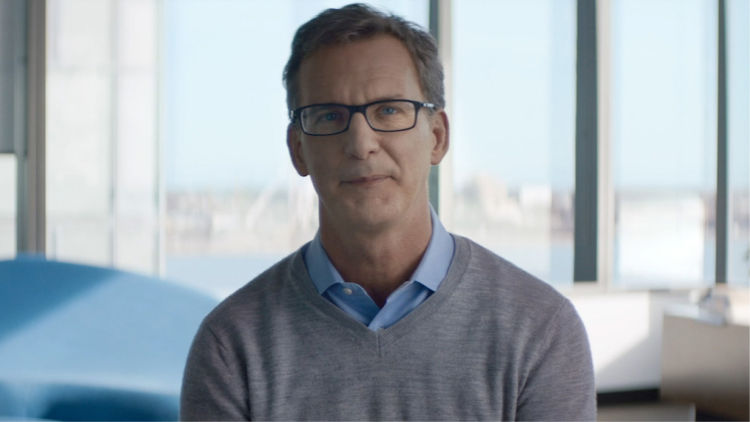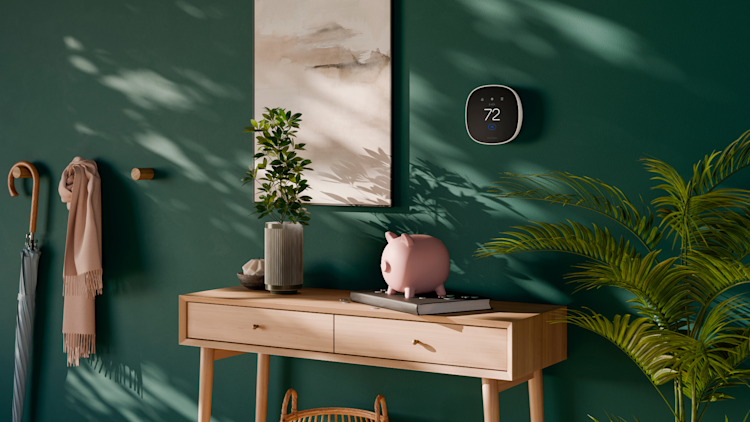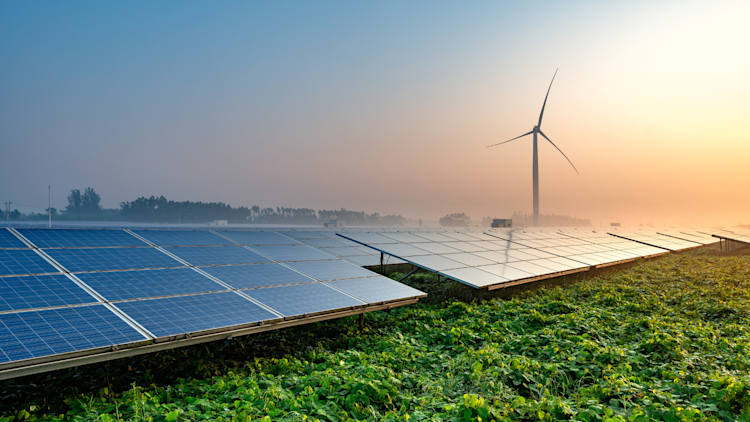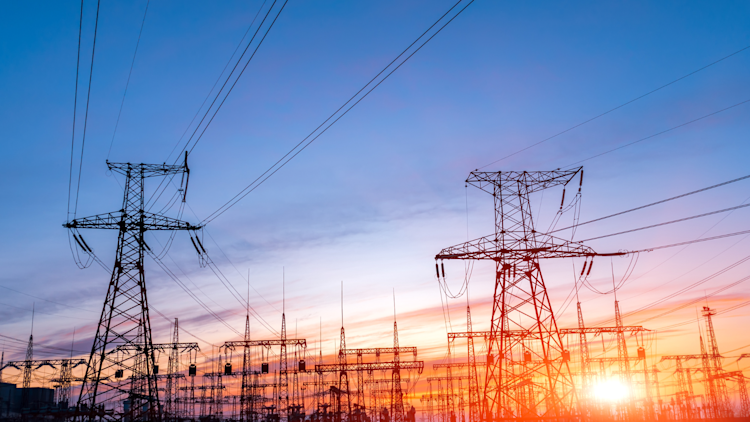How ecobee Helped Keep the Lights on Through an Extreme Midwest Heatwave
When a pre-summer heatwave sent millions of Midwesterners indoors, ecobee’s sophisticated thermostats helped keep them cool when they needed it most.
by ecobee on 09/01/2021 in Better Planet
5 min read

ecobee’s mission is to improve everyday life while creating a more sustainable world. This story is part of a series exploring how we’re living that mission every day.
On the morning of June 10, 2021, Midwesterners found themselves in the grips of a ferocious heatwave. As people retreated indoors and air conditioners went into overdrive, electricity demand in Minnesota and Wisconsin surged.
An untimely system failure led the Midcontinent Independent System Operator (MISO), responsible for delivering power to millions of customers across the Midwest, to issue a series of increasingly dire alerts.
MISO’s message to the utilities in its network: lower your customers’ power consumption at 1 p.m. or risk outages.
Taking the pressure off.
Every minute of every day, power providers have to anticipate energy demand and balance it with enough supply. Underestimating energy demand causes blackouts. Overestimating it means producing more power than needed and paying others to take it, which translates to higher bills.
Unanticipated extreme weather events like the heatwave on June 10 create sudden demand spikes that play havoc with the ability of power grid operators to perform this delicate balancing act.
When MISO asked for help, its partners were able to relieve some pressure on the grid by reducing power to select incentivized customers. So-called demand response programs scale back the energy consumption of such customers to keep lights on and air conditioners humming under challenging conditions.
For example, a Minneapolis grocery store participating in its utility provider's demand response program, may have had some combination of its lights, air-conditioning, and refrigeration equipment temporarily shut down at 1 p.m. on June 10.

Jonathan Houle, a product marketing manager at ecobee, says that demand response programs have been around for over 50 years, well before climate change was the widely reported issue it is now.
"[Before demand response], the grid was designed so that system operators would always have enough generation, transmission, and distribution to meet the highest demand of the year, plus some buffer," said Houle.
It was a hugely wasteful and inefficient system to have all this extra power just standing by in case it might be needed.
“There was an ‘aha moment’ when people realized that rather than keeping a power plant idling all year long for it only to come on for a day or even an hour, demand response would be a much more economical way to help meet unexpected surges in demand," said Houle.

Evolution of demand response.
In the early days of demand response, programs were targeted at large corporate customers. A utility would call upon industrial and large commercial customers to voluntarily cut power usage during emergencies.
Over time, a system of incentives came together in which some utilities would provide cheaper electricity rates or rebates in exchange for the right to setback the power when needed.
The challenge was getting homeowners to participate in demand response programs at scale. But how?
But this wasn’t enough. Soon, utilities were trying to convince homeowners to participate in their demand response programs as well.
Unfortunately, homeowner interest in these programs was low because of how the programs were implemented.
“The problem was that utilities often applied aggressive temperature setbacks or turned off the power, often at the worst possible times for homeowners,” said Houle.
Due to low consumer uptake, utility providers were forced to keep one or more power plants idling throughout the year for the quick ramp-up to meet peak daily or seasonal demand.
The challenge was getting homeowners to participate in demand response programs at scale. But how?

ecobee as part of the solution.
“Over time, we’ve created this idea that comfort is a setpoint. Seventy-two degrees, right?” says Stuart Lombard, ecobee founder and CEO.
As it turns out, science shows that we’re comfortable within a range of temperature and humidity levels.
Lombard says this insight helped shape the development of eco+, ecobee’s next-generation thermostat software.
“We worked to understand the range of temperature and humidity levels most people find comfortable and used that knowledge to create opportunities for incremental savings,” said Lombard.

One of the results is a feature on ecobee thermostats called eco+ Community Energy Savings (CES). CES takes demand response technologies to the next level by placing the homeowner in control of their comfort and making program enrollment easier than ever.
When a homeowner enrolls in their utility provider’s demand response program in the ecobee app, they agree to have slight adjustments made to the temperature in the home for no more than a few hours during an emergency event.
CES puts an end to the discomfort associated with utility demand response events. During setup, ecobee thermostat owners choose their desired comfort level with a slider on a simple scale of one to five. Users can then change their settings at anytime to ensure a comfortable temperature is maintained.
“We don’t think people should ever be uncomfortable in their homes, especially during a heatwave,” said Chris Carradine, executive vice president, energy, ecobee.

Answering the call.
It wasn’t only large corporate customers that answered MISO’s early morning call for help on June 10, 2021.
On that day, 47,000 ecobee households that have the eco+ Community Energy Savings feature enabled on their thermostat began automatically reducing their energy consumption at 1 p.m.
“At scale, the ability to make slight energy-saving changes is a game-changer for utilities,” said Houle, noting that not all demand response-enabled customers can provide the same flexibility.
When you multiply slight temperature adjustments by tens of thousands of ecobee thermostats, they start to have a significant impact.
That's because unlike most industrial processes that cannot be easily turned on or off, air conditioners can be ramped up or down based on the homeowner’s comfort preferences.
“The intelligent, timely deployment of ecobee’s CES demand response feature helped MISO keep air conditioners across the Midwest humming on a day when they were needed most,” said Lombard.
On June 10, ecobee literally helped to keep the lights on.
Did you enjoy this article?
Thanks for letting us know!






